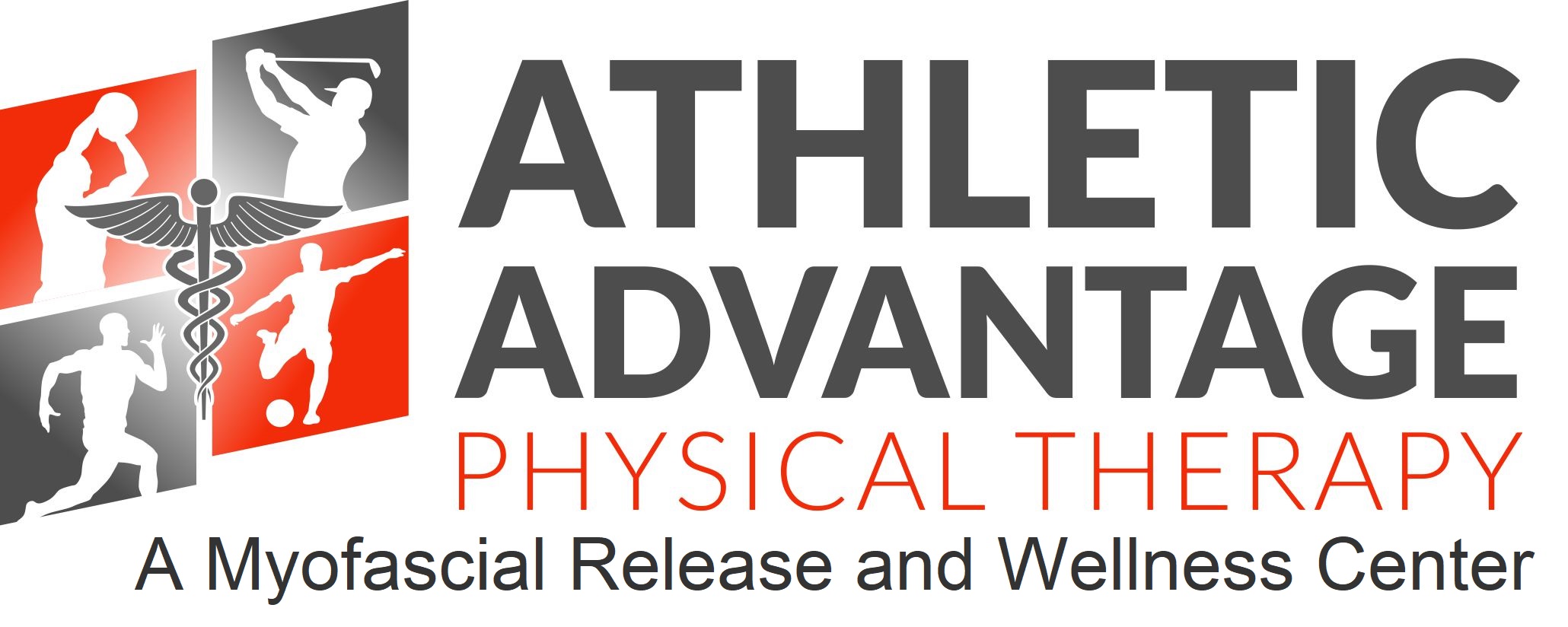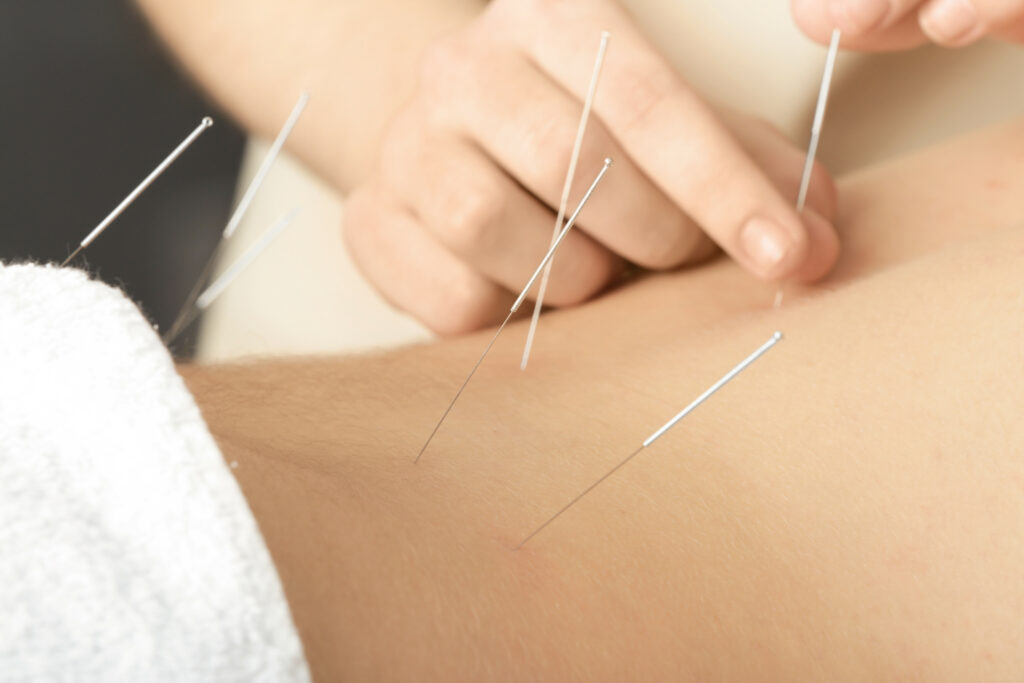Dry needling is a process a trained and Certified Physical Therapist will use to treat musculoskeletal and chronic pain and movement concerns. It’s typically used as part of a pain management plan, which often includes exercise, stretching, and massage. It could also be used for desensitizing a nerve to allow for less muscle guarding and freer movement. Keep reading to learn more about this process!
How it Works
For this procedure thin, sharp needles are inserted through your skin to treat trigger points in the myofascial layer or target a hypersensitized nerve causing you to feel pain.
Myofascia is the connective tissue that is wrapped around the muscles and all other tissues in the body.
Trigger points are areas in the muscle that have knots and are often tender. They can be painful to touch. In some cases, the trigger points are close to the pain. But, in other cases, they cause referred pain in another part of the body. The needle stimulates a trigger point to help draw normal blood supply back to the area to flush it out and release tension and toxins from the area. The sensation of the needle pricking you fires off nerves that stimulate the brain to release endorphins, becoming your natural pain medication. Once the needle is inserted a twitch response may occur, which means your muscle is reacting.
A “Dry” Technique
According to the Mayo Clinic, the needles remain in the muscle for anywhere between 10 seconds to 20 minutes during a session. Electrical stimulation could be used with the needles in place to further relieve pain. The needles used during dry needling don’t contain any medication; the technique is called dry because nothing is injected into your body.
You may hear this procedure referred to as intramuscular stimulation or trigger point dry needling. When the procedure is completed, you might notice an improvement in mobility and decreased pain right away. However, some people don’t notice a difference until they’ve had more than one session.
What to Expect
It’s helpful to know a little more about dry needling before you undergo a session, as it may feel slightly uncomfortable when the needle is inserted. However, the needles are small, and you may feel nothing at all. After a session, you may notice soreness around the insertion site. You want to make sure you keep stretching and moving to prevent tightness!
At Athletic Advantage, our Physical Therapists are trained to use other techniques such as Myofascial Release, Muscle Energy techniques and education to get the best results after Dry Needling.
Your practitioner will walk you through the dry needling process before they begin. If you have any questions or would like to schedule a consultation, please contact our team here at Athletic Advantage. We look forward to helping you get back on your path to pain-free movement.


